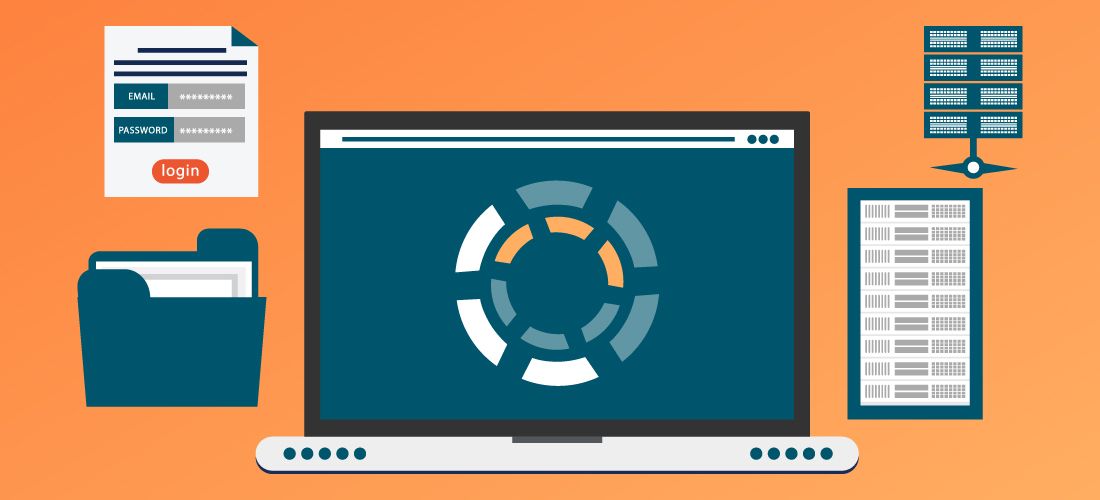Introduction to Cybersecurity and Its Importance
In a world that thrives on connectivity, the digital landscape is both exhilarating and perilous. From social media to online banking, our lives are intricately woven into the fabric of cyberspace. But lurking beneath this vibrant facade lies a darker reality: cyber threats that can compromise our personal information, disrupt businesses, and even threaten national security. As technology evolves at breakneck speed, so too do the methods used by malicious actors. Understanding cybersecurity has never been more crucial for individuals and organizations alike.
Join us as we navigate the intricate web of cybersecurity in today’s digital frontier. We’ll explore common threats you might face daily, how they could impact your life or business, and practical steps you can take to safeguard yourself online. Prepare to empower yourself with knowledge; it could be your best defense against an unpredictable digital world!
Common Threats in the Digital World
The digital landscape is rife with threats that can compromise your security. One of the most notorious is phishing, where attackers trick users into revealing sensitive information through seemingly legitimate emails or messages.
Malware also poses a significant risk. This malicious software can infiltrate devices and wreak havoc, stealing data or even locking files for ransom. Ransomware attacks have surged in recent years, demanding hefty sums to restore access.
Another threat emerges from unsecured networks. Public Wi-Fi may be convenient, but it often lacks proper encryption, exposing personal data to cybercriminals lurking nearby.
Social engineering tactics are increasingly sophisticated as well. Cybercriminals exploit human psychology to gain trust and manipulate their targets into surrendering confidential details.
Understanding these threats is crucial for safeguarding your digital life and mitigating potential risks lurking around every corner.
How Cyber Attacks Can Affect Individuals and Businesses
Cyber attacks can disrupt lives in profound ways. For individuals, personal data theft often leads to identity fraud. Imagine waking up to find unauthorized transactions draining your bank account or someone impersonating you online.
Businesses face their own set of challenges. A single breach can compromise customer trust and tarnish a brand’s reputation overnight. Financial losses can be staggering; recovery costs for small companies alone can reach into the millions.
Moreover, cyber attacks create operational chaos. Employees may lose access to vital systems, halting productivity while IT teams scramble to restore services. The ripple effect extends beyond immediate financial damage—it impacts partnerships and supply chains as well.
The emotional toll should not be overlooked either; anxiety over potential breaches lingers long after an attack has occurred, leaving both individuals and businesses on edge about their digital safety.
Steps to Protect Yourself Online
Protecting yourself online starts with awareness. Know what information you share and where it goes. Be cautious about posting personal details on social media.
Use strong, unique passwords for each account. A password manager can help keep track of them securely. Avoid using easily guessable information like birthdays or names.
Stay updated on your software and devices. Regular updates often include crucial security patches that protect against vulnerabilities.
Be wary of clicking links in emails or messages from unknown sources. Phishing scams are prevalent and can lead to data breaches or identity theft.
Monitor your accounts regularly for any suspicious activity. Quick action is key if something seems off; reporting it can mitigate potential damage.
Understanding Two-Factor Authentication and Password Security
Two-factor authentication (2FA) adds an essential layer of security to your online accounts. Instead of relying solely on a password, it requires something else—like a code sent to your phone or generated by an app. This makes it much harder for unauthorized users to gain access.
Passwords remain crucial, yet many still use weak choices like “123456” or “password.” Strong passwords combine letters, numbers, and symbols in unpredictable ways.
Changing passwords regularly can enhance protection. Consider using a password manager to keep track of them securely and generate complex alternatives.
While 2FA significantly reduces risks, no system is foolproof. Staying aware and proactive about your digital habits will help maintain security against evolving threats in the cyber landscape.
The Role of Antivirus Software in Cybersecurity
Antivirus software plays a crucial role in safeguarding our digital lives. It acts as the first line of defense against malware, viruses, and other malicious threats.
By scanning files and monitoring system activity, antivirus programs can detect and eliminate harmful entities before they cause damage. They work tirelessly in the background, ensuring that your personal data remains protected from prying eyes.
Many modern solutions offer real-time protection, meaning they actively block potential threats as you browse online. This proactive approach is essential for keeping devices secure against evolving cyber attacks.
Moreover, regular updates ensure that antivirus software stays ahead of new vulnerabilities. As hackers develop more sophisticated methods to infiltrate systems, having updated security measures becomes paramount for both individuals and businesses alike.
Yet it’s important to remember that while antivirus provides significant protection, it should be part of a broader cybersecurity strategy that includes safe browsing habits and vigilant awareness.
Best Practices for Safe Online Behavior
Staying safe online starts with awareness. Always think before you click. Links in emails, especially from unknown sources, can lead to dangerous sites.
Regularly update your passwords and make them strong. A mix of letters, numbers, and symbols works best. Avoid using the same password for multiple accounts; this practice minimizes risk if one account is compromised.
Be cautious when sharing personal information on social media. Adjust privacy settings to control who can see your posts and profile details. Remember that what goes online often stays there forever.
Public Wi-Fi networks are convenient but risky. If you must use them, consider a virtual private network (VPN) for an extra layer of security.
Educate yourself about phishing scams and malware threats. Knowledge is power in navigating today’s digital landscape safely.
The Future of Cybersecurity: Emerging Technologies and Trends
The future of cybersecurity is rapidly evolving, driven by innovative technologies and shifting threat landscapes. As cybercriminals become more sophisticated, organizations must adapt to stay one step ahead.
Artificial intelligence plays a crucial role in this transformation. Machine learning algorithms can detect anomalies in real-time, identifying potential threats before they escalate. This proactive approach enhances response times significantly.
Another emerging trend is the rise of zero-trust architecture. This model assumes that every user and device could be a threat, requiring continuous verification for access to resources. It shifts the focus from perimeter security to protecting sensitive data at its core.
Blockchain technology also shows promise in securing transactions and ensuring data integrity. Its decentralized nature makes it resistant to tampering while providing transparency—a vital aspect as businesses face increasing scrutiny over their security practices.
As these trends unfold, staying informed will be essential for individuals and organizations alike in navigating the complexities of tomorrow’s digital landscape.
Staying Vigilant in an Evolving Digital Landscape
Staying vigilant in an evolving digital landscape is paramount. As technology advances, so do the tactics employed by cybercriminals. Continuous education and awareness are essential to navigate these changes effectively.
Adopting a proactive mindset will help you stay ahead of potential threats. Regularly updating your software and devices can close security gaps that hackers might exploit. Engaging with reputable cybersecurity news sources can keep you informed about the latest trends and alerts.
Using strong, unique passwords for every account also enhances your defense against unauthorized access. Remember that even minor lapses in vigilance can lead to significant breaches.
It’s essential to foster a culture of security not just at home but also in workplaces. Encouraging open discussions about cybersecurity practices within teams can lead to a more robust collective defense.
Being aware of your online footprint and taking decisive steps toward safeguarding your information will empower you in this ever-changing digital world. The responsibility lies with each one of us as we traverse through our daily activities online—making sure we remain protected while enjoying all that the digital frontier has to offer.














Leave a Reply